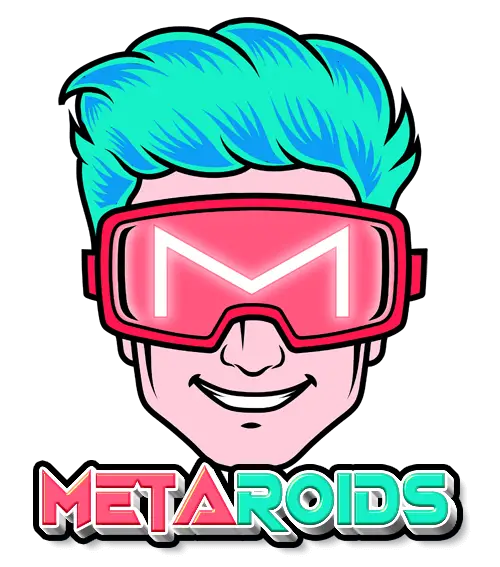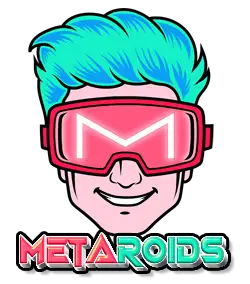Moonbeam is one of those EVM chains but it uniquely built as a Polkadot parachain.
Despite the growing number of alternative layer-1 (L1) blockchains like Solana, Cardano, BNB Chain, and Avalanche, many web3 engineers still prefer or are still comfortable working with Ethereum’s environment compared to other blockchain frameworks. This is partly the reason why Fantom, BNB Chain, and other L1s have designed their networks to be EVM-compatible (designed to work like Ethereum).
EVM compatibility has essentially enabled numerous new chains to attract developer talent from the Ethereum ecosystem, allowing them to grow exponentially by acquiring builders from the world’s second-largest network. Obviously, there are exceptions like Solana and Cardano that have managed to build protocols that are completely different.
But old habits die hard, and right now, Solidity is one of the most accessible programming languages in crypto. Therefore, Moonbeam designed its protocol to be able to deploy Solidity smart contracts. It also has its own cryptocurrency called $GLMR, which we shall also cover.
This article will serve as your full resource to everything Moonbeam.
What is Moonbeam?
Moonbeam is an EVM-compatible L1 parachain that leverages the speed, security, and reliability of the Polkadot network while offering the same developer tools and configurations as Ethereum.
As an L1 network, its primary purpose is to power blockchain applications like DEXs, NFT marketplaces, among other types of platforms.
In a bit of technical speak, developers can conveniently redeploy their Solidity-based projects in a Substrate-powered environment. Note that Solidity is the programming language used in Ethereum while Substrate is the blockchain development kit used to develop Polkadot parachains.
One important thing to highlight here is that Moonbeam isn’t just a partial or a loose replication of an Ethereum environment. It carefully recreated the critical aspects of the world’s largest blockchain, including subscriptions, logs, accounts, keys, and Web3 remote procedure call (RPC).
In fact, using Moonbeam is like using ETH (but with) on-chain governance and cross-chain integrations, thanks to Polkadot’s advanced platform.
As a quick background to Polkadot, every project intending to be a parachain in its platform should win a slot first through bidding. This slot isn’t permanent and designed to expire after 96 weeks.
Moonbeam won a second time in this slot battle with the help of its over 200,000 supporters who contributed to its bidding warchest. To know more about Polkadot, together with its parachains, slots, and bidding processes, check out our Ultimate Polkadot Guide.
EVM-Compatibility
Thanks to Moonbeam’s EVM compatibility, developers can access Ethereum’s toolkit and use it in a ‘foreign’ environment. This enables Ethereum developers to easily migrate to Polkadot while still being able to seamlessly utilize Solidity tools such as Scaffold-eth, Truffle, Waffle (yum), and Hardhat. In fact, these tools can easily connect to Moonbeam despite having a different programming language that powers them.
The parachain’s compatibility with Ethereum has resulted in over 100 projects building on top of it, opening doors for its ecosystem to expand massively. Now, Moonbeam is continuously seeing an increased number of dapps building on its chain, including decentralized exchanges (DEXs), launchpads, and other critical web3 solutions.
The growing number of projects within Moonbeam has also allowed each platform to leverage one another’s features, enhancing their services even better. It’s a thriving ecosystem that benefits everyone, especially the end users.
Moonbeam, by the way, is also interlinked with other parachains on Polkadot, allowing seamless interactions across the network.
What is GLMR?
$GLMR (pronounced as ‘Glimmer’) is Moonbeam’s utility and governance token. As a utility token, users can utilize it for transaction payments, earning staking rewards, and incentivizing collators.
As a governance token, participants can use it to vote on critical decisions such as parameter adjustments, code enhancements, and electing council members. Moreover, GLMR is also important in rewarding decentralized node creators in the platform.
You can actually earn income just by staking $GLMR. But first, you need to figure out how to even hold one.
How to Add Moonbeam on MetaMask
The first thing you need to download is MetaMask. It is the typical web3 wallet most users go for. While it may not be the most user-friendly, just deal with it since that’s the price of being early. Note that you cannot directly transact with $GLMR on MetaMask without connecting to the Moonbeam blockchain.
But MetaMask, by default, only connects to Ethereum Mainnet. Therefore, you need to add Moonbeam to it. Follow the steps below:
Add a new network
Click the network button (Ethereum Mainnet) located on the upper-right of the screen. Once the dropbox appears, click ‘Add Network‘.
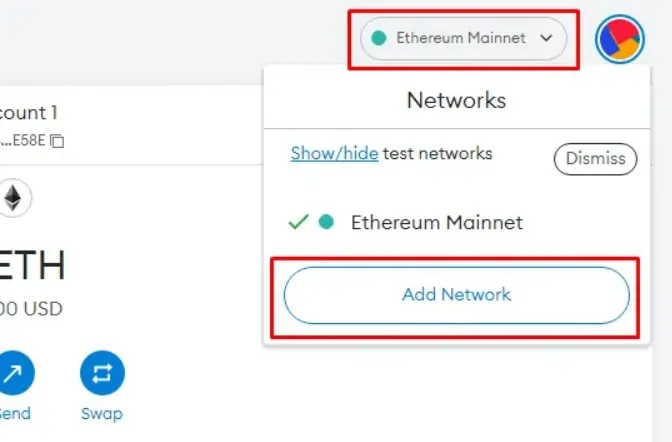
Fill out the necessary configurations
Simply copy and paste what you see below to their respective fields.
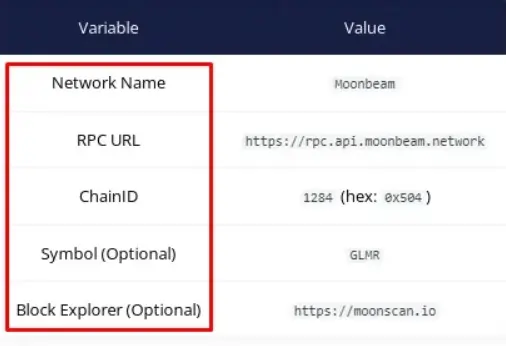
Then click Save.
For a complete guide on setting up a MetaMask wallet, head to this link and see the ‘Create a Wallet’ section.
How to Buy $GLMR
Now if you want to purchase the $GLMR cryptocurrency, you can do so in various crypto exchanges like Binance, Coinbase, Gate, Huobi, etc. All you need to do is create an account and buy the asset. Then, you can transfer $GLMR to your MetaMask wallet.
How to Stake $GLMR
Staking $GLMR allows you to earn interest on the asset over time. The staking rewards are proportional to the amount of $GLMR staked and the duration (the longer the better).
Here’s a step-by-step process of staking GLMR:
Access the Dashboard
To access the staking dashboard, head over to Moonbeam and connect your MetaMask wallet, then click ‘Next.’ After linking the wallet, connect your account by clicking ‘Connect.’
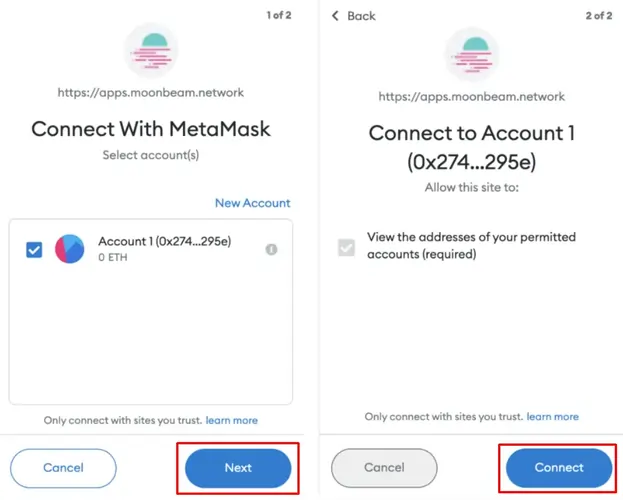
Switch to Moonbeam Network
Note that GLMR tokens are not ERC-20 tokens but native tokens of the Moonbeam protocol. Therefore, you must manually add Moonbeam to your Metamask’s custom network. After adding it, click ‘Approve’ and ‘Switch Network’.
If it doesn’t work, you may not have been able to add the Moonbeam network in your MetaMask. Please follow the instructions given in the previous section.
Get to know the dashboard
The page will now transfer you to the dApp’s dashboard, where you can view details on your balance, staking data, last transaction, and crowd loan rewards data.
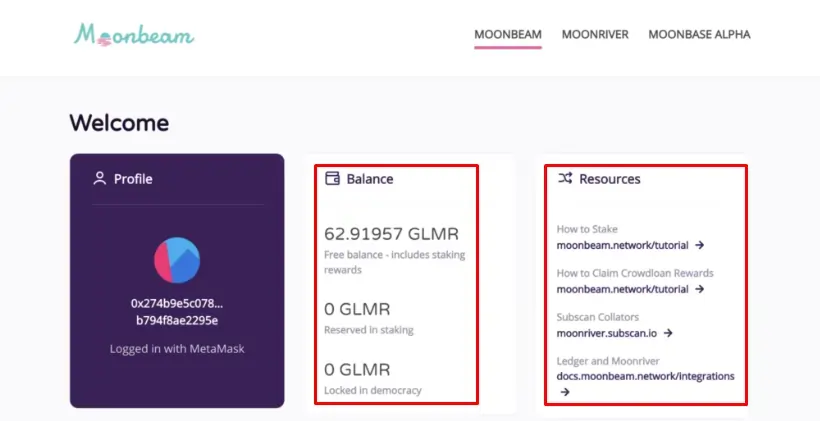
If you want to test its staking features without losing real assets, you may switch to the ‘Moonbase Alpha’ testnet and stake DEV tokens. Note that anything you earn in the testnet has no monetary value.
When you’re already confident in real staking and want to earn valuable assets, you can now switch to Moonbeam.
Select a collator candidate
On the dashboard, scroll down and select the ‘Manage delegations’ button to choose a collator candidate whom you’ll delegate your token.

Once inside, you can now choose your collator. Carefully verify the collator and check their address.
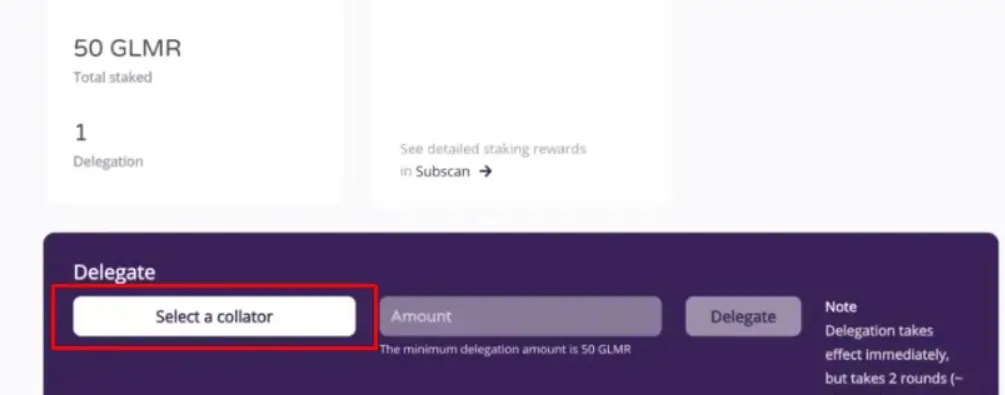
Delegate
Enter the token amount you intend to stake and select ‘Delegate’.
Sign the transaction once MetaMask pops up.
Your token is now successfully delegated to a collator. You can confirm this once your dashboard updates and includes your latest transaction.
The Moonbeam Ecosystem
Now that you understand the purpose of the base protocol Moonbeam, it’s time to dive deeper into its ecosystem to get an overview of the types of decentralized applications (dapps) that are currently live. After all, its primary purpose is simply to power dapps.
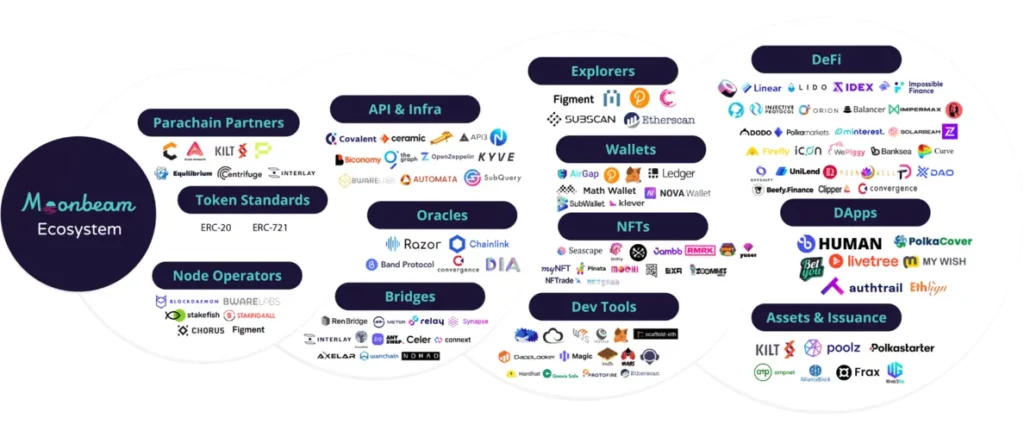
If you’re an Ethereum blockchain user, you’ll find most Moonbeam projects pleasantly familiar since they are built similarly.
DeFi Projects
Moonbeam is home to one of the web3 industry’s most innovative decentralized financing (DeFi) solutions. If you’re planning to hop into this platform, let’s look at three of the most promising DeFi projects in its ecosystem.
First off is Beamswap, a DEX that offers lending and borrowing solutions, crypto swaps, yield farming, staking, and a launchpad for Moonbeam-based projects. The platform also comes with an automated market maker (AMM) and offers peer-to-peer transactions and liquidity providers.
Next is StellaSwap, a DEX equipped with features such as swapping, yield farming, bridging assets, and non-fungible token (NFT) trading, allowing users to execute all these transactions under one platform.
XDAO, meanwhile, allows anyone to build a decentralized autonomous organization (DAO) for their projects without requiring any knowledge of programming and smart contracts.
Project founders and key members can easily establish governance rights and create governance tokens minus the hassle of technical complexities. XDAO even boldly says that creators can conveniently build their own DAOs in under a minute. How cool is that?
GameFi Projects
Damned Pirate Society is one of the exciting NFT games leveraging the power of Moonbeam. It is a game composed of 3,000 algorithmically-generated pirates battling for supremacy in the ‘Pirateverse.’
The project has migrated on media storage called ‘Pinata,’ unloading a big chunk of its data out of the on-chain operations, a system that upcoming NFT games might soon follow. By using Pinata, Damned Pirates Society also offers developers and even creators with little to no technical background an easy way to access the game.
Next is Seascape Network, a platform built to gamify DeFi and lower its entry barrier to entice more people to use web3.
It also offers users an incentivized experience, whether they’re playing games or developing a game. Moreover, this service is not only targeted at gamers but also at influencers and developers.
Through its partnership with Moonbeam, Seascape has deployed all its suite of blockchain games to leverage the platform’s and Polkadot’s speed, interoperability, and scalability.
Blockchain Monster Hunt, meanwhile, is Moonbeam’s very own Pokemon GO-inspired game. Just like the globally popular game, it also brings players into various and competitive locations to let them battle and hunt powerful monsters.
Another interesting fact about ‘Monster Hunt’ is that it is a multichain game, meaning gamers can continue their progress on other blockchains whenever they want. The game, by the way, is also available on Ethereum, BNB Chain, Polygon, Avalanche, and more.
NFT Projects
Jambb is an NFT marketplace built for various fanbases worldwide. It offers a wide range of exclusive content such as backstage footage, live performance, and merch from popular entertainers, artists, and more. Through Jambb, fans can purchase special NFTs based on their favorite icons, which they can either hold or exchange for physical items.
Next is BankSea Finance, an artificial intelligent (AI)-powered NFT Oracle protocol that offers an NFT Pool-based lending solution for web3 natives. It is also considered a DeFi project but uses digital assets to offer financial services to people.
The platform aims to solve pressing problems, including low utilities of decentralized assets and the absence of a trusted NFT valuation mechanism. Furthermore, through BankSea, collectors can turn their NFTs into collateral and access loans from the platform.
myNFT, meanwhile, is a cheap multichain NFT marketplace that allows users to create, trade, and search digital assets. Moreover, it can now allow Ethereum users to access an increasing number of Moonbeam-based NFT collections.
Conclusion
If both Ethereum and Polkadot succeed, then Moonbeam is more likely to follow. It still has a long way to go considering the prematurity of the Polkadot ecosystem, but the amount of builders developing in its network is a hopeful sign.
Join our newsletter as we build a community of AI and web3 pioneers.
The next 3-5 years is when new industry titans will emerge, and we want you to be one of them.
Benefits include:
- Receive updates on the most significant trends
- Receive crucial insights that will help you stay ahead in the tech world
- The chance to be part of our OG community, which will have exclusive membership perks
